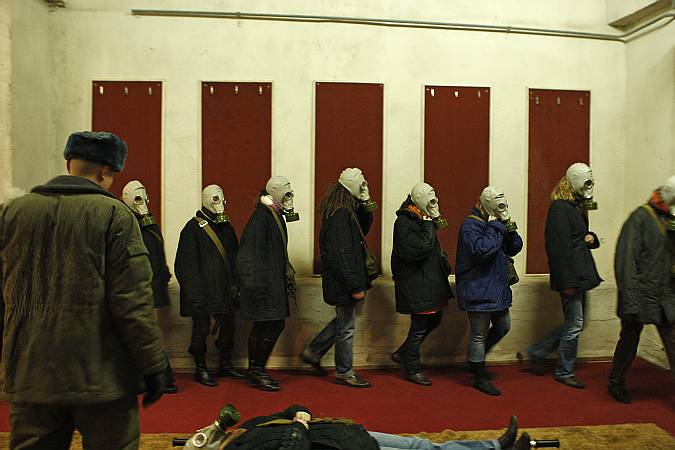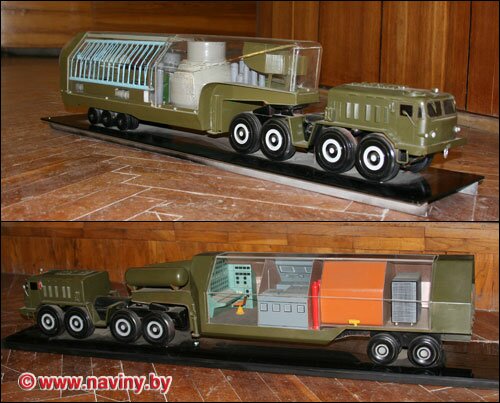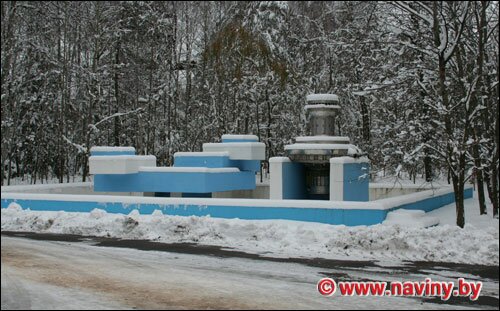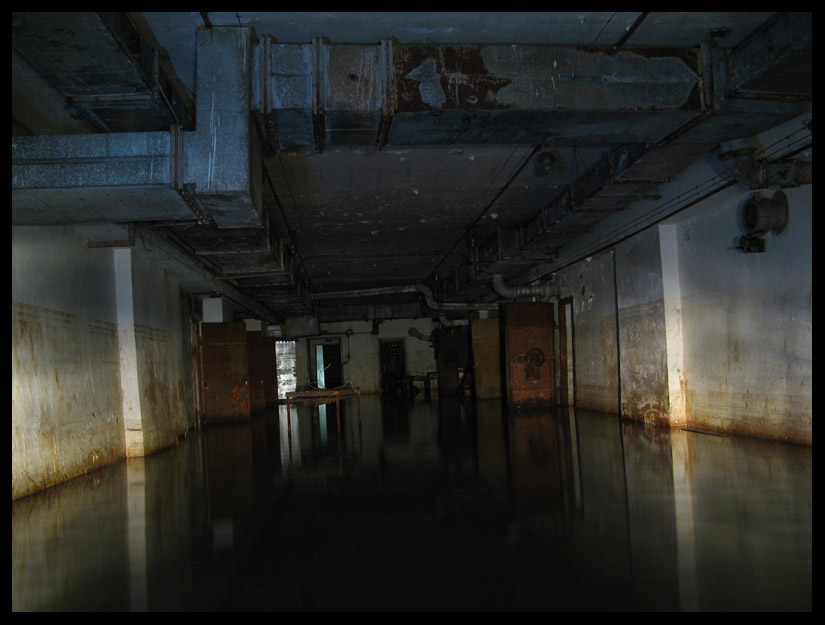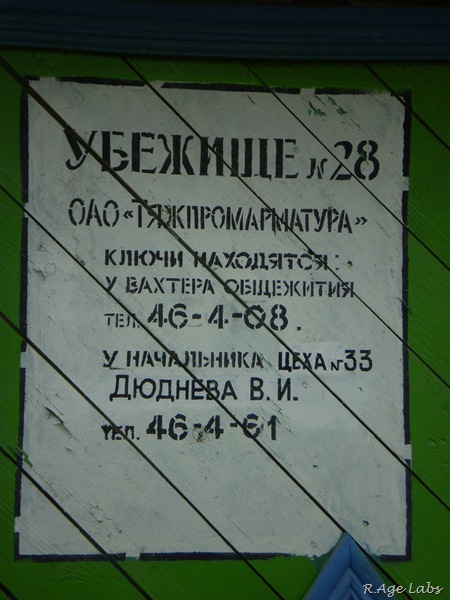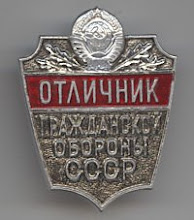In response to Jim Hansen's latest piece on policies and taxes to get us to 350 ppm, Joe Romm felt the need to write an "Open Letter to Jim Hansen" in which he claims that
...you have made an uncompelling case about how President-elect Obama should go about achieving 350 ppm in your new draft essay Tell Barack Obama the Truth — The Whole Truth and in previous essays (see here). You are, for instance, overly dismissive of cap-and-trade and overly enamored of a carbon tax, when, in fact, neither holds any prospect whatsoever of achieving your goal. Your discussion of as-yet non-commercial 4th generation nuclear technologies is equally off the point, as we’ll see.
Romm's position is basically as follows:
1) Neither cap-and-trade nor a carbon tax can work because pricing carbon high enough to drive amortized coal plants out of business is impossible
2) Generation IV nuclear power is irrelevant
3) A WWII-style national economic mobilization (apparently based on command-and-control economics) is the only way to address the climate crisis
All three of these arguments are unconvincing, and indeed Romm seriously contradicts himself on the energy technology issue. But I believe that Romm's argument rests on his glib dismissal of Gen IV nuclear options. With Romm's favored technologies, 350 ppm is impossible; with LFTRs and IFRs, 350 ppm becomes feasible and potentially not even that difficult. As Blees put it, it's the "painless" option.
On nuclear, Romm claims that:
NUCLEAR: The single nuclear wedge requires building 35 nukes a year — roughly 10 times the current production rate, more than 50% higher than the greatest rate the world ever sustained for even a single decade, and far in excess of what current production bottlenecks would allow. Nuclear plant prices in this country have already tripled since 2000 to nearly price themselves out of the market (see “The Self-Limiting Future of Nuclear Power, Part 1“). Is it now clear why your extended nuclear power discussion is off the mark?
If I can speak for Dr. Hansen, "Not really, seeing as none of those points have anything to do with the Gen IV reactors under discussion. You're just changing the topic to link to your critique of Gen III+ reactors, which has received a Bronx cheer from most of the informed people who have read it."
Romm continues in response to Hansen's comment that Gen IV reactors could be ready in the 2015-2020 timeframe:
Sorry, too late. The incomprehensibly fast scale up of low carbon generation we need for 350 ppm leaves no time for such hypotheticals, no time for hoping things get commercialized within 10 years. After all, somebody has to build the massive manufacturing capacity right now, and somebody has to train all of the people needed to build these reactors right now (not to mention training people to run them), and somebody has to contract for all of the relevant raw materials pretty damn soon.
Damn, it's a good thing Eskom and Hyperion are already well on their way to mass-producing small, mass-produced, idiot-proof reactors in the middle of the next decade. Rosatom is in the middle of constructing their "commercial" LMFBR, the BN-800, and has a lead-cooled passively-safe IFR-like fast reactor in the development pipeline as well. Speaking of which, even though Russia is short on forging capacity to build VVER pressure vessels, they have ample spare capacity to construct components for various Gen IV reactor designs, particularly fast reactors--a field in which Russia is undisputed world leader. Indeed, Russian companies like OMZ and Energomash would jump at the chance to build this stuff for export. This is one more reason why we need to get Gen IV reactor development going again in the US--otherwise, the Russians and other nations with more foresight will end up ruling our energy future.
Maybe fourth-generation nukes could be useful in the next set of post-2030 wedges, which is why a major ramp up of R&D remains incredibly valuable. But for getting off of coal in two decades, we gotta go with what we have.
Again, I’m not advocating building 700 nuclear plants over the next 20 years, and certainly agree with the myriad failings of existing commercial nuclear plant designs that you describe. I am merely pointing out what the logical technology and policy implications of your paper is.
This is one of your problems, Joe; you should be. Actually, I think you should advocate building, say, 2500+ GW of nuclear by 2030. About 3 1/2 "wedges" and eminently achievable using mass-produced small reactors like the Hyperion. This would require building an average of 6,200 27 MWe Hyperions every year between 2015 and 2030--and given that the reactors are about the size of a hot tub, not a serious manufacturing problem. What about the infrastructure? Why, we reuse what we already have, using the Hyperion to generate steam to turn turbines in existing coal plants, sending electricity through existing grid resources. Perhaps this scheme could be scaled up further, but it is not at all implausible at this scale. Between this and the number of LWRs that will probably be built in the next two decades, that's half of your eight wedges--without needing either the IFR or LFTR. Now, I'm certainly not saying that we can't do a similar deployment of those in the 2020s...
As for Romm's favorite energy technology, solar thermal:
And the other renewable wedges require an even more challenging ramp up. Solar thermal electric (aka solar baseload power) holds perhaps the most promise of all renewables because it can be integrated with low-cost high-efficiency storage to provide power when it is most needed, because it has no obvious production bottlenecks, and because the United States, China, and India have vast solar resources. The market might plausibly achieve 50 to 100 GW a year of growth, but only after a steady ramp up for the next 5 to 10 years. If you wanted to do that faster, you’d again need the WWII-style approach.
Never mind that energy storage on solar thermal plants is far from being proved cost-effective; there are several ways to do it, and between that and the diversity of different solar thermal technologies it's hard to issue any kind of blanket statement. Solar Two demonstrated molten salt storage in the 1990s, but its performance in terms of cost per annualized capacity factor was less than spectacular. Ausra's approach is apparently the same as that used in fireless steam locomotives, which is simple but comes with unavoidable thermodynamic efficiency limits. A lot of the solar thermal capacity currently being built is of the stirling-dish type made by Stirling Energy Systems; these do not lend themselves to thermal energy storage at all. What's really significant here is that Romm admits that solar thermal needs the government to force people to buy it in order for it to become the dominant energy source he insists it will become.
Indeed, it turns out that Romm simply distrusts "the market" to solve climate change. Instead, he repeatedly uses the metaphor of WWII to describe the policies he thinks should be enacted:
This national (and global) re-industrialization effort would be on the scale of what we did during World War II, except it would last far longer. . . .
But of course we had been attacked at Pearl Harbor, the world was at war, and the entire country was united against a common enemy. This made possible tax increases, rationing of items like tires and gasoline, comprehensive wage and price controls, a War Production Board with broad powers (it could mandate what clothing could be made for civilians), and a Controlled Material Plan that set allotments of critical materials (steel, copper, and aluminum) for different contractors.
He says to Hansen that "[this] is what you are talking about — or should be — not “tax & dividend” and fourth-generation nuclear power."
There is, in fact, a much more adept historical analogy for what Romm is proposing: the forced industrialization program undertaken by Stalin in the late 1920s and 1930s. And as an honest-to-God sovietologist, I feel I am more qualified than most to comment on the efficacy and pitfalls of command-and-control economics and central planning.
To be fair, the command economy worked--for Stalin. This was because Stalin had very definite goals--avoiding being conquered by the Nazis, building an atomic bomb--and cared not a wit at the cost paid by his subjects in blood and treasure to effect these ends. At the end of his life Stalin and the Soviet Union were more powerful than ever--he had won WWII, he built the bomb, he and his allies straddles most of Eurasia--but tens of millions were dead, living standards were abysmal, and the threat of a new war loomed. In order for a command economy to operate optimally, planners need to be both omniscient and precognitive. Generally, this approach is only called for in order to do something a market will never do--like mobilize resources for a large war. But as a rule, they are inefficient--given information problems, this is unavoidable.
Economically, Romm's charge that Hansen's proposed carbon tax would be ineffective makes little sense.
A price isn’t what is needed to stop building any new coal plants and shut down every existing one in 10 years in rich countries and 20 years everywhere else — and replace all that power (plus growth) with carbon-free generation and efficiency. Indeed, I can’t imagine how high a price would be needed but it is probably of the order of $1000 a ton of carbon or more starting in 2010. Talk about shock and awe. Remember, we are talking about a carbon price so high that it actually renders coal plants that have been completely paid for uneconomic to run. And once you stop new demand and start shutting down existing plants, the price of coal will collapse to almost nothing.
Once you start building all of the alternatives at this unimaginable pace, bottlenecks in production and material supply will run up their costs. The collapse in coal prices, making existing plants very cheap to run, together with the run up in the price of all alternatives will force carbon prices even higher.
So carbon pricing is a bad idea... because it would fulfill its intended purpose by making carbon emissions expensive? I'm not sure what Romm is getting at. The point is that pricing carbon will make whatever changes are necessary cost-competitive, and nothing Romm presents suggests that this will not work.
He continues that
But, in any case, if you want to replace all those existing coal plants with carbon free power that fast, again the carbon price is almost beside the point. How are you going to site and build all the alternative plants that fast? How are you going to site and build all the power lines that quickly? How are you going to allocate the steel, cement, turbines, etc? How are you going to train all the people needed to do all this?
This is where Romm really falters. Of course, if you try and build eight wedges of windmills and solar thermal plants, you won't be able to build infrastructure fast enough. We need low-carbon power that can use existing infrastructure wherever possible, and small, mass-produced nuclear reactors fit the bill perfectly. Given an appropriate regulatory environment and a sufficiently high carbon price, utilities will buy these reactors. The initial adjustment will be painful, but once transport is electrified, the economy would actually benefit, since nuclear power was already qualitatively superior to carbon-based energy anyway. Meanwhile, the idea that massive government intervention into the economy is likely to successfully develop a low-carbon energy infrastructure seems profoundly improbable. In the absence of price signals, it is not merely implausible, but laughable. This is the same organization that gave us the Synthetic Fuels Corporation and ethanol subsidies; how is it wiser than individual consumers? Without a recourse to Romm's (apparent) skepticism about the ability of markets to solve complicated economic problems, this makes little sense.
In any case, I believe nuclear technology already in the commercialization pipeline is more than sufficient for a 350 ppm strategy. Without nuclear, even 450 ppm is probably unfeasible. Hence, Hansen's preoccupation with nuclear power in his letter is absolutely justified--especially in a global perspective, Gen IV nuclear technology is the key to our energy future. Furthermore, Romm's critique of Hansen's carbon tax proposal is based far more on his own incredulity than any kind of reasoned argument. On the whole, I have to say that I'm proud to share Hansen's position on this one.
